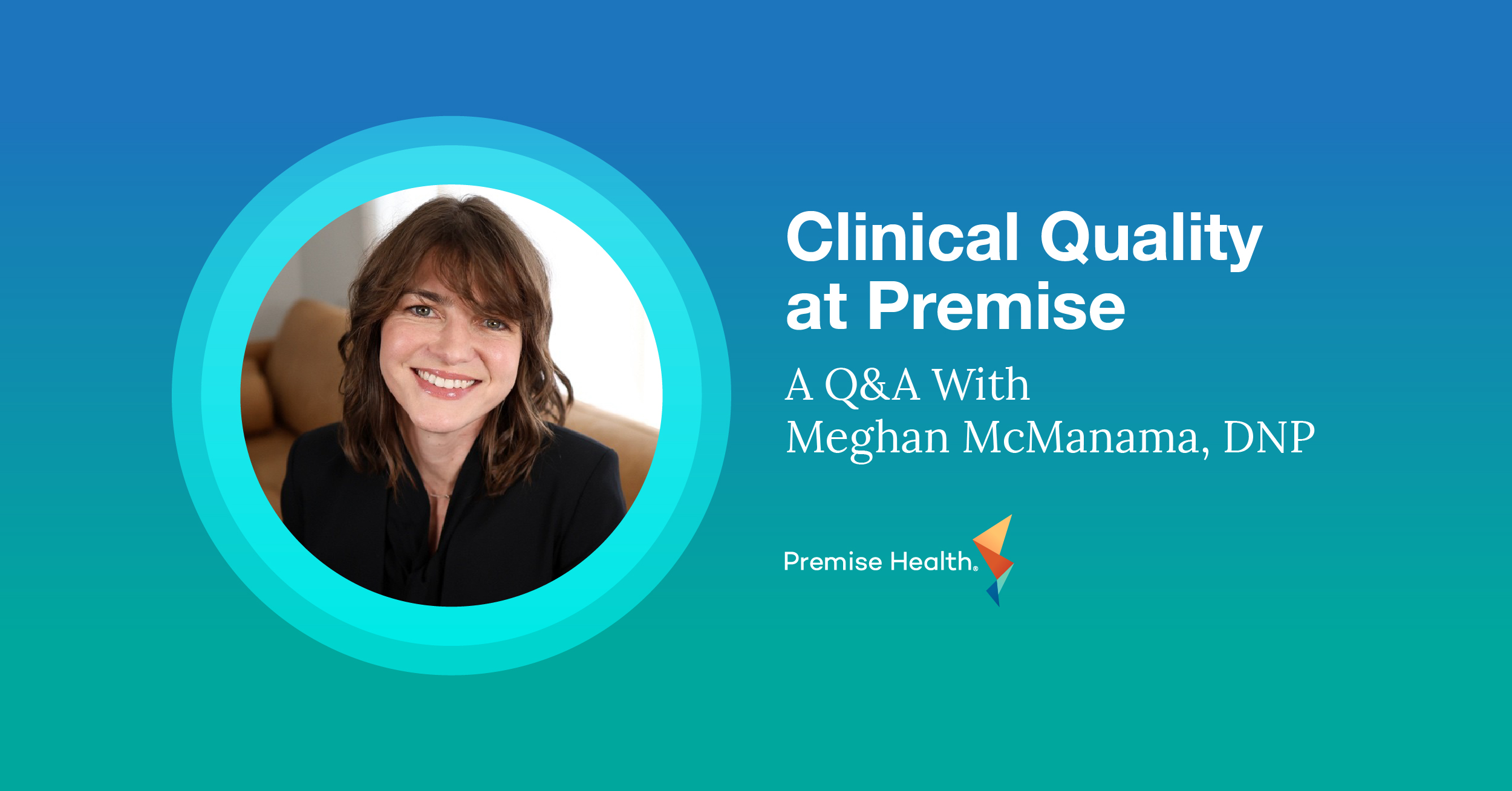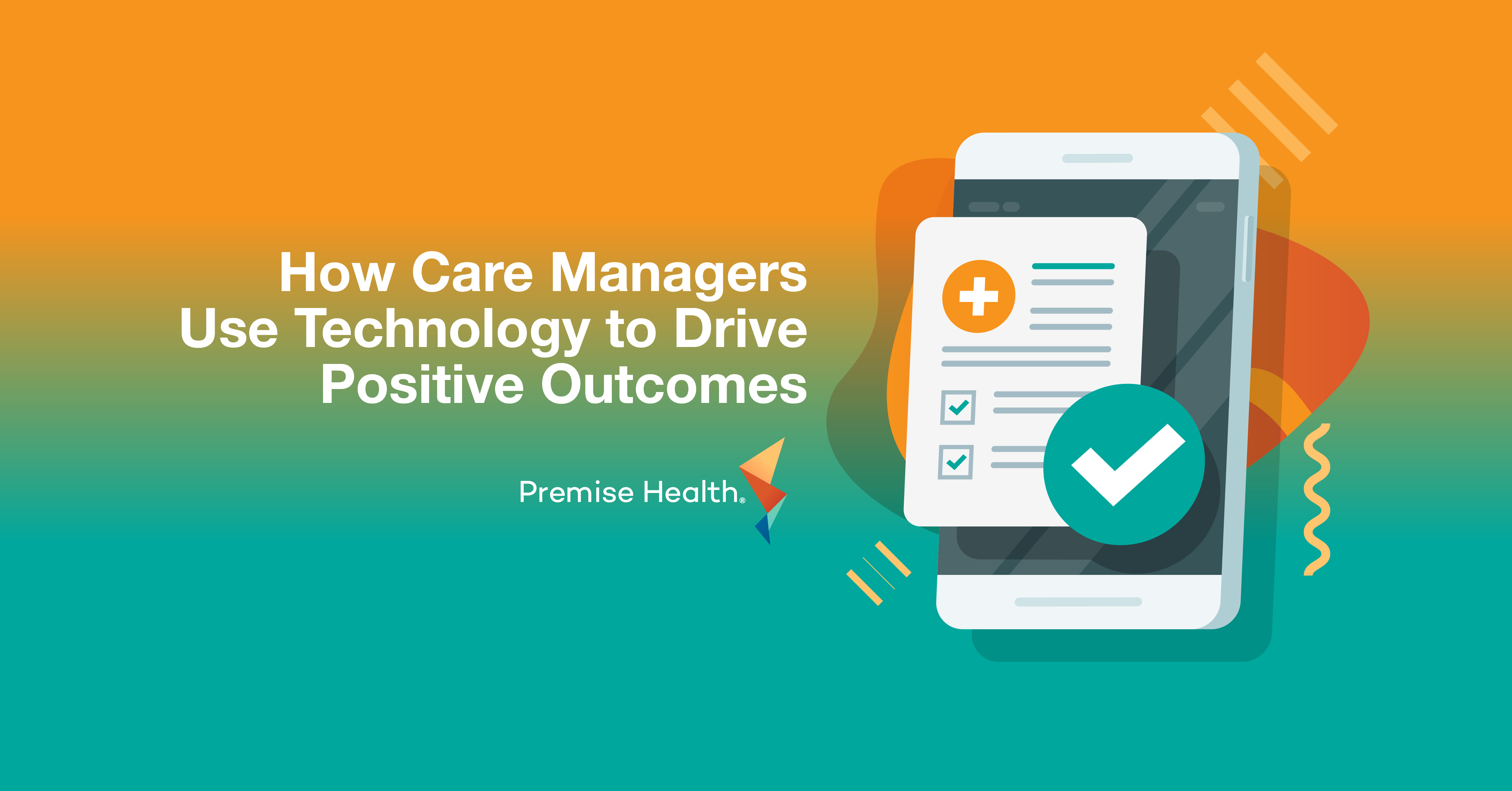Beyond Price Per Pill: How Employers Can Promote Pharmacy Access at Work
Picture the businesses on the main street of your town or city, and it’s likely you’ll note some staples: A post office, a grocery store, a couple of restaurants, and – almost certainly – three or four pharmacies. In 2022, the Journal of the American Pharmacists Association estimated 88.9% of the U.S. population lives within 5 miles of a pharmacy, and more than half of these pharmacies were owned by chains like CVS, Rite Aid, Walmart, and many others.
And yet, while there might seem to be a pharmacy on every corner, they aren’t as convenient as they might seem for patients managing busy schedules, and there’s a growing opportunity for employers to fill the gap in accessibility for their people.
A Growing Pharmacy Experience Problem
Pharmacist shortages and supply chain problems have been the foremost challenges for community pharmacies providing a convenient, personable experience to their customers. Studies from the National Community Pharmacist Association in 2021 and 2022 showed that 88 percent of respondents were struggling to hire pharmacy techs.
Fewer pharmacists available means longer waits for patients looking to get prescriptions filled, long lines to pick up medications, and brief interactions with busy pharmacists shouldering extra responsibilities. Meanwhile, retail pharmacies are starting to close their doors as well. In 2021, CVS announced that it would close 900 stores over three years, showing that corner pharmacies may not be forever.
With patients having to wait longer, go further, and clip coupons to receive and correctly take their prescriptions, we’re headed toward countless people at risk for negative health effects.
How Access Impacts Medication Adherence
What is medication adherence? Medication adherence is how many doses of a medication a person takes in comparison to how many they were prescribed. Whether someone doesn’t pick up their prescription at all or only takes a fraction of the doses they’ve been prescribed, non-adherence can have a slew of negative health impacts.
It’s estimated that 40 to 50 percent of patients don’t correctly take their medication, resulting in an estimated 125,000 preventable deaths and between $100 billion and $300 billion in avoidable medical costs per year. For patients with chronic conditions like diabetes, cardiovascular disease, and hypertension, the impact of medication non-adherence can be even more severe.
The risks of medication nonadherence are directly tied to access. If it’s inconvenient – or even impossible – for someone to get their pills or get guidance on how to take them, they are less likely to take their medication in a way that will improve their conditions. This isn’t just a concern for sick patients who are only getting sicker, but also for budget-wary employers who may be paying for repeated hospital stays, extended outpatient services, and potentially unused medications.
An Opportunity for Employers to Increase Access
But many employers are also positioned to make a difference when it comes to pharmacy access.
Imagine this: You walk into a pharmacy located on-campus at your worksite during your lunch break and go right up to the counter. There, you meet a friendly pharmacist who not only greets you by name and has your prescription ready to go, but also offers to walk you through exactly how and when to take your medication. By the end of the conversation, you feel prepared to take your medication and start feeling better, and you’re able to get back to work immediately without the long drive or traffic.
By implementing onsite and nearsite pharmacies that offer both digital and in-person services, employers can guarantee personalized guidance from expert pharmacists to combat the biggest obstacles to medication adherence.
Because employer-sponsored pharmacies are designed for their member populations – not whole communities – they’re often located at the workplace or in the neighborhoods where members already live, making them easy to get to. Their exclusivity also means that there’s not going to be long lines for prescription pick-up and medications can be ready right after a primary care appointment if the pharmacy is attached to a wellness center.
Plus, because pharmacists at employer-sponsored pharmacies are able to prioritize quality over quantity of services delivered, they have more time to work directly with members to educate them on how to properly take their medication and even to direct them to more affordable drugs when possible.
Alternatively, employers with hybrid workforces can give members who don’t live nearby an excellent pharmacy experience remotely, by offering prescription delivery and pharmacist support via a virtual pharmacy. Not only does a virtual pharmacy benefit cut down on trips to a brick-and-mortar pharmacy, but members can get the same support by contacting a pharmacist remotely with any questions or concerns.
Whether virtual or in-person, employer-sponsored pharmacy solutions remove the frustrating obstacles for members, and future-proofs organizations against the declining accessibility of community and retail pharmacies.
Pharmacy accessibility is a cornerstone of a healthy workforce, making it possible for people to get medication and education that helps them manage chronic conditions, recover from acute illness, and take better care of themselves and their families. Organizations that can think beyond the price of the pill will find that find that a concierge pharmacy experience can supercharge their primary care outcomes and reduce rising healthcare costs. Ready to get started? Get in touch with us today.
Next on industry insights.

Provider Dispensing and its Role in a Better Care Experience
Read the Blog
Clinical Quality at Premise: A Q&A With Meghan McManama, DNP
Read the Blog